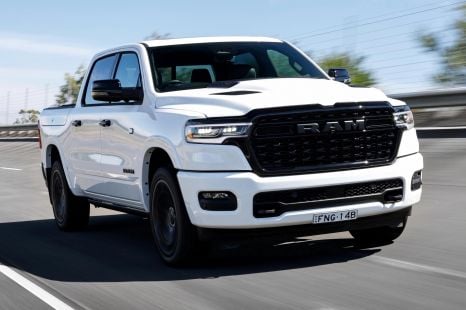

Marton Pettendy
2 Months Ago
This is the core Ford Ranger variant, which best occupies the middle ground between work truck and premium pickup. Despite its advancing age, it's still an understandable top-seller.



Senior Contributor
New from
$28,340
excl. on-roads

Senior Contributor
New from
$28,340
excl. on-roads


Senior Contributor
New from
$28,340
excl. on-roads

Senior Contributor
New from
$28,340
excl. on-roads
Quickly see how this car stacks up against its competition. Select any benchmark to see more details.
Take advantage of Australia's BIGGEST new car website to find a great deal on a Ford Ranger.
The Aussie-engineered Ford Ranger has become a regular top-seller in the 4×4 ute segment, eclipsing even the mighty Toyota HiLux at times.
While the core shape of this generation, and its T6 architecture, date back the better part of a decade, Ford has cleverly rolled out regular updates to keep its most important vehicle contemporary.
And as you can read in our four-way ute comparison test against the updated HiLux, and brand new Isuzu D-Max and Mazda BT-50 twins, it holds up bloody well, all things considered.
Here we’re looking at the most popular Ranger variant, the upper grade XLT with the newer Bi-Turbo engine.
The Ford Ranger XLT wears a list price of $60,940 before on-road costs in ute form. That’s more on paper than core rivals such as the HiLux SR5 ($59,920), D-Max LS-U ($56,900), BT-50 XTR ($57,210), or top-of-the-range Mitsubishi Triton GSR ($52,740).
But as we often find with commercial vehicles, the price you’ll pay in the real world is quite different. These ‘list’ prices are all pre-stamp duty, dealer delivery and rego, and sometimes brands offer campaign drive-away pricing for private or ABN holders.
At the time of writing, the 2020-plate clearance Ranger XLT was advertised on Ford’s own site at $57,490 on the road. In short, take list prices with a liberal dose of skepticism and hunt for a deal. Don’t forget to write-off its value on tax too, if you’re a business owner.

Standard fare includes 17-inch alloy wheels (I really never warmed to their design) wearing Dunlop AT22 Grandtrek tyres, automatic bi-LED headlights, proximity key fob access, rain-sensing wipers, privacy glass, and side steps. The back has a sports bar, counterweighted tailgate, drop-in tubliner, and a 12V socket.
Inside you get manually-adjusted fabric seats, push-button start, an 8.0-inch touchscreen with satellite navigation, a reversing camera, Apple CarPlay and Android Auto, DAB+, dual-zone climate control, an auto-dimming rear-view mirror with its own USB input for dash cameras, and passive cruise control. The back seats have access to a 12V socket and a 230V powerpoint, too.
Extra-cost factory options include black 18-inch alloy wheels, ‘leather-accented’ seats, a Tech pack (adaptive cruise control, automated park assist, and an audible forward collision alert alongside the standard AEB), and a tougher spray-in bedliner. You can also delete the sports bar.
On top of this, there’s obviously a Ford accessory catalogue with pages upon pages of canopies, rails and racks, lights, tonneau covers, snorkels, mats, rescue equipment etc that you can buy. Ford would love you to buy its accessories instead of going to ARB or Ironman…

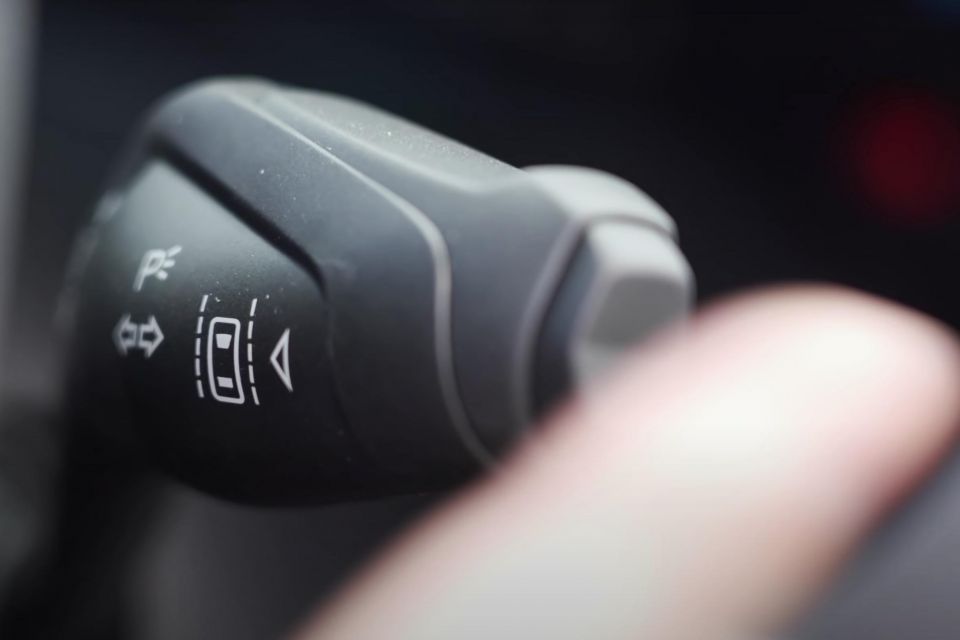
Crash tester ANCAP awarded the Ranger five stars in 2015, with a total of 36.72 out of 37. The tests have evolved since then, but the structure should still prove sound.
Standard features include dual-front, dual front-side, and dual full-length curtain airbags. There are also rear-seat ISOFIX and top-tether attachment points though as is typical with all dual-cabs, it’s a bit fiddly to get the seats nicely secured if you plan to take them in and out regularly.
Active safety features include forward autonomous emergency braking or crash mitigation, a lane-keeping assistant, and traffic-sign recognition. There are also parking sensors at both ends.
Rivals such as the Mazda and Isuzu get extra features such as adaptive cruise control, blind-spot monitoring, and rear cross-traffic alert as standard equipment.


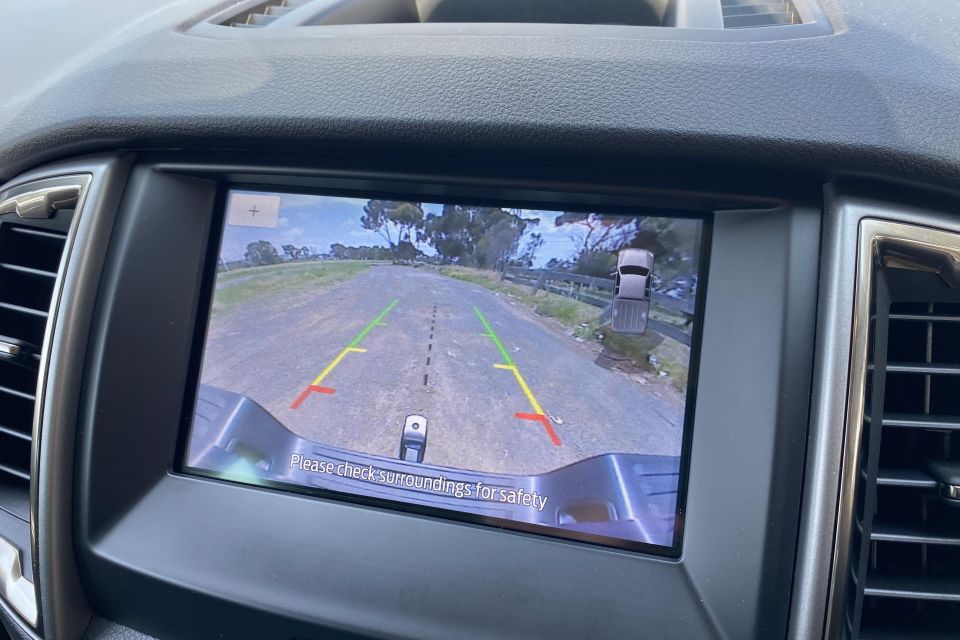
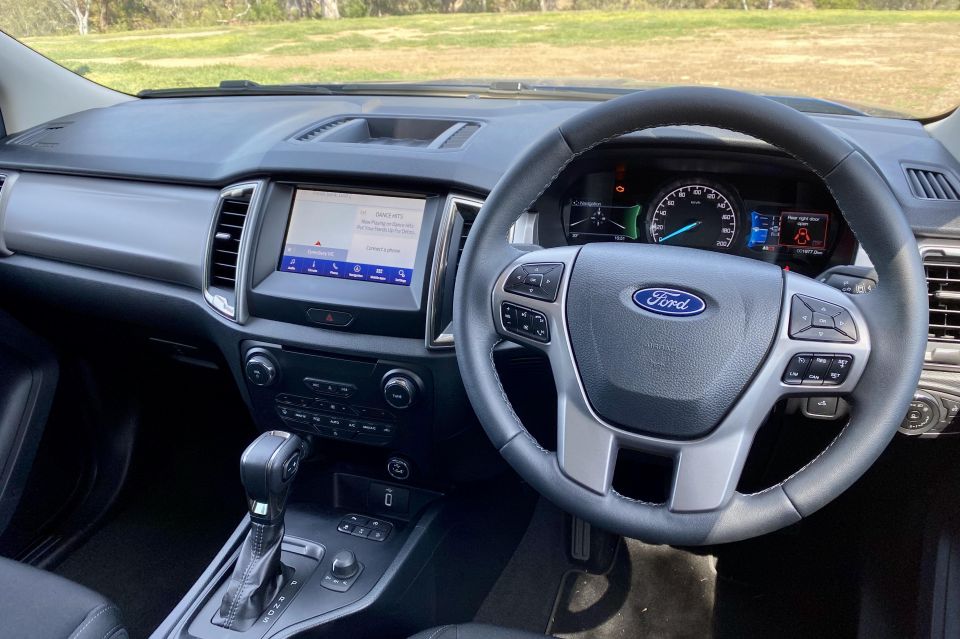
The Ranger is getting on in age, but its interior remains functional and fit for purpose – though it irritatingly lacks telescopic (reach) wheel adjustment. The fabric seats are manually adjustable but quite supportive on long trips. You can option leather trim if you prefer.
That padded wheel is nice in the hand, the audio and cruise buttons are ergonomic, and the twin-screen instruments look pretty nifty, though you have to choose between a digital speedo or tachometer in the right screen, because the left one shows directions and multimedia.
The fact you have to switch between these two functions is gripe-worthy.
The plastics used on the dash and fascia are rock hard but the panels are put together well, and the fact there’s no gloss black trim like you find in all the aforementioned rivals means it’ll hold up better against dust, smudges, hair and other worksite mess. In other words, it hides dirt better.
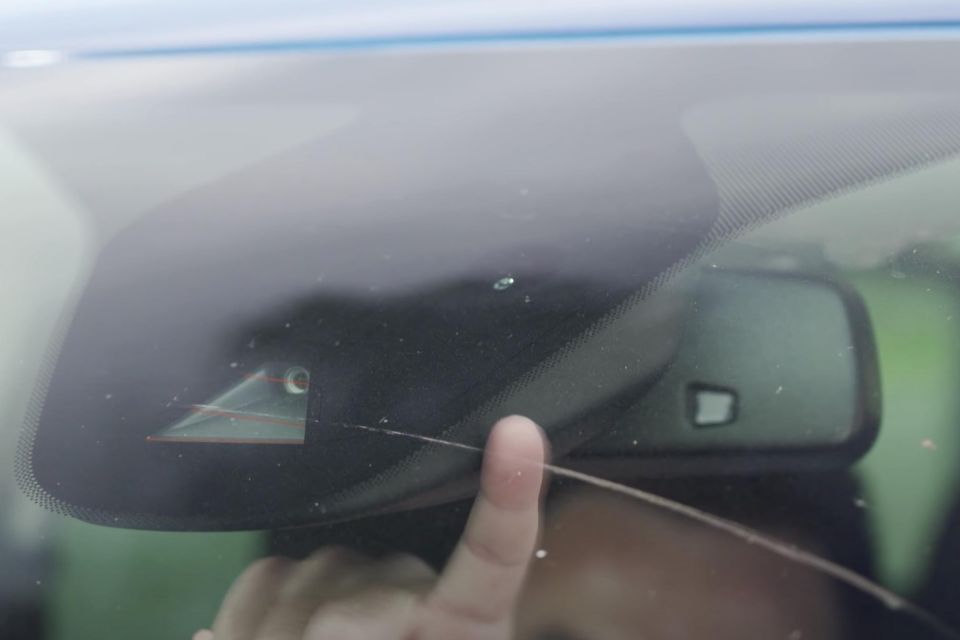
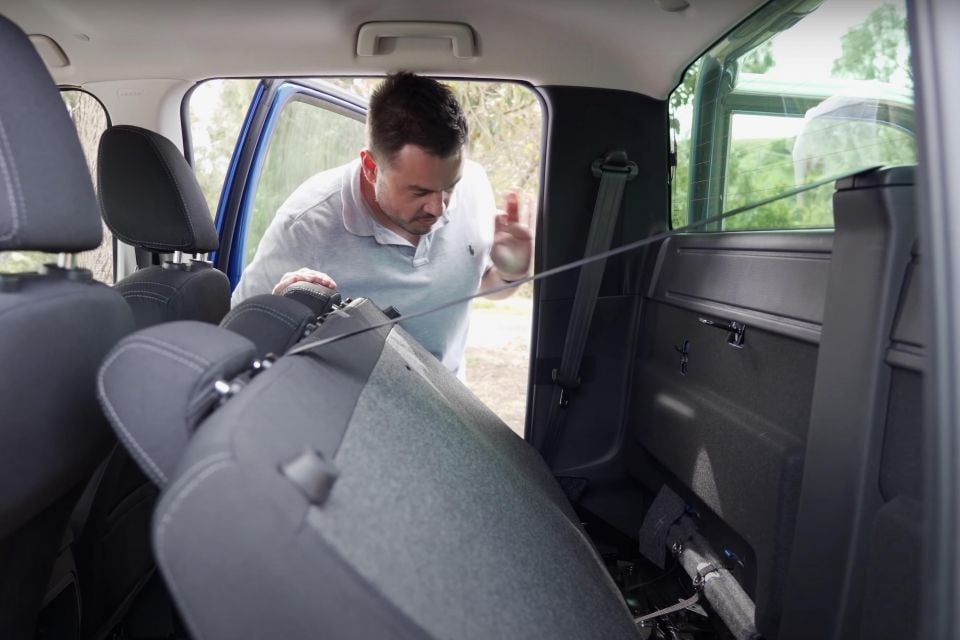
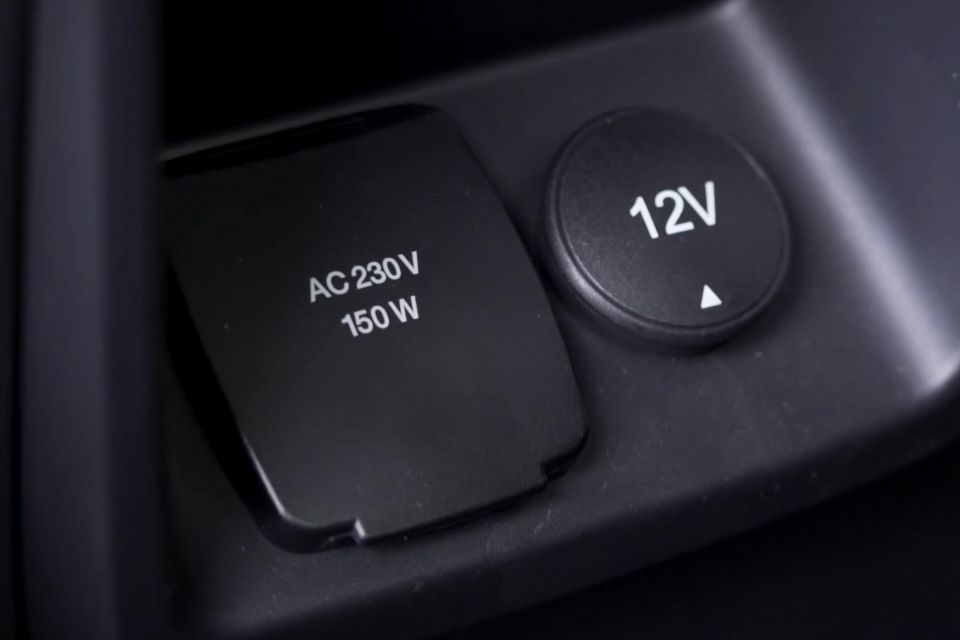
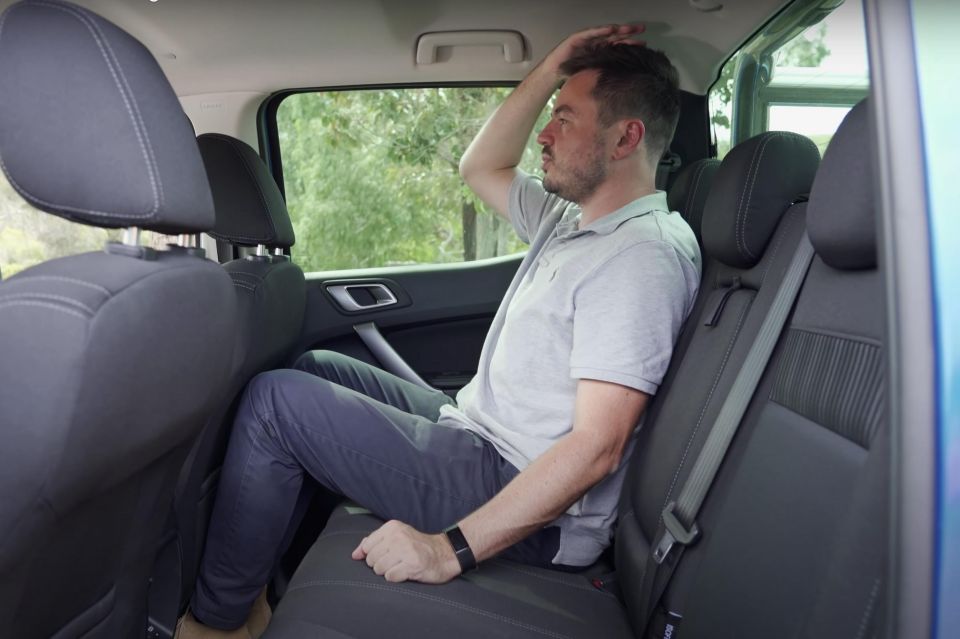

While the 8.0-inch centre touchscreen isn’t the widest in segment now (the Mazda and Isuzu offer 9.0-inch head units), Ford’s Sync 3 infotainment system works really well, and offers wired Apple CarPlay and Android Auto, clear maps, and a decent-resolution rear camera.
The technology gambit is strengthened by the addition of an embedded modem and FordPass Connect app integration, letting you remotely lock or start the car as well as locate it using a smartphone.
In terms of cabin storage there’s a shallow cubby atop the dash, a decent-sized glovebox, and bottle holders in the doors, centre cupholders, and console.
Dimensionally the Ranger is bigger than its key rivals – 180mm longer than a HiLux and 12mm wider. The dimensions are 5446mm long, 1867mm wide, 1821mm tall, on a 3220mm wheelbase.
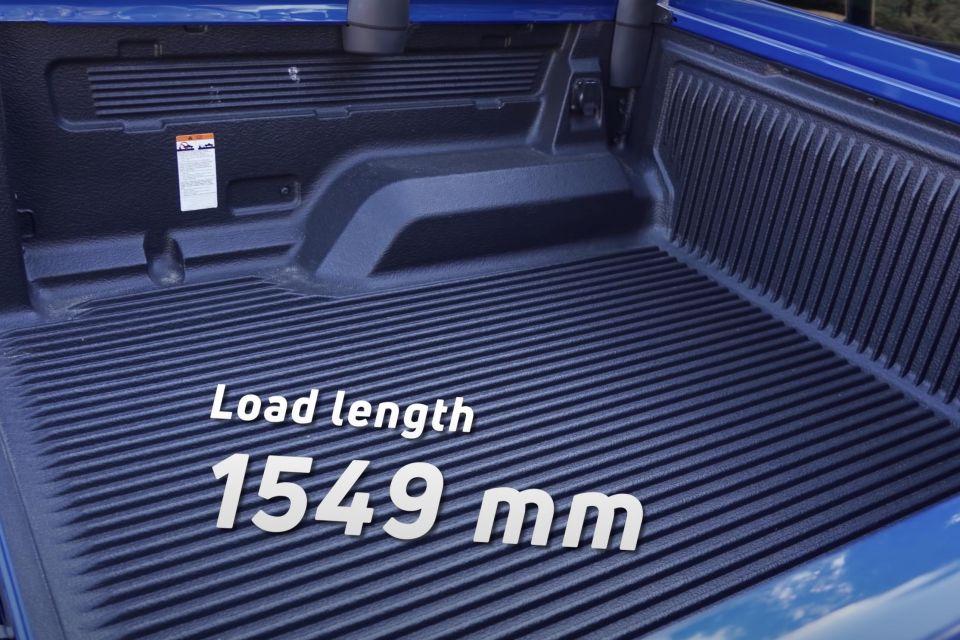
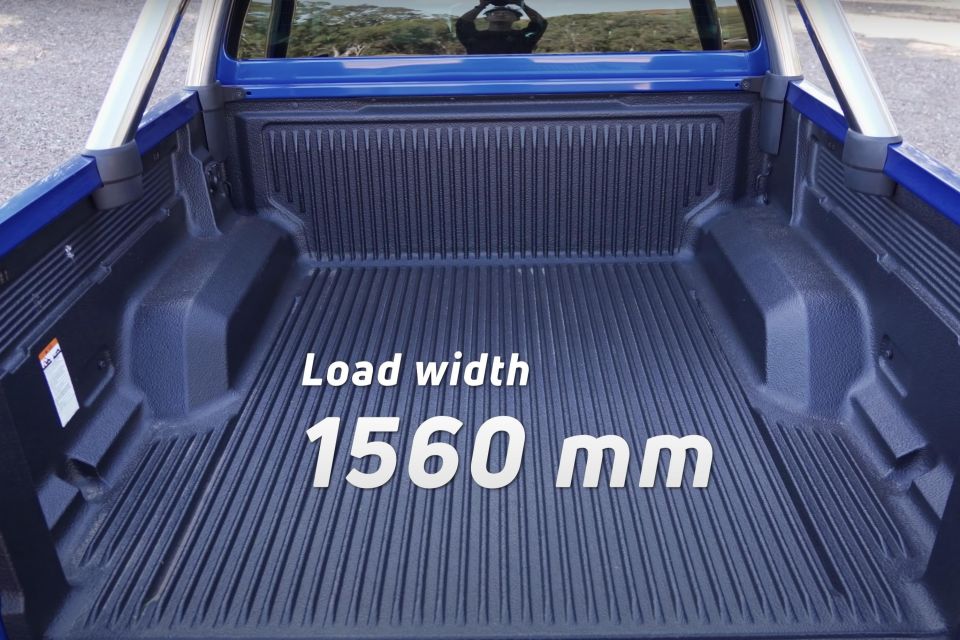

Back-seat space is fairly generous, with room for two big blokes (I’m 194cm and was fine) to fit behind two others – indeed, there’s notably more shoulder room and knee room than the HiLux, and a few millimetres more in both directions than the well-packaged Isuzu and Mazda.
There are rear cupholders, door bins and overhead grab handles, and storage tubs beneath the flip-up seat base. I’d urge Ford to put rear air vents in the next model, even though the AC system proved pretty effective.
The tub is 1549mmlong (21mm shorter than the Mazda/Isuzu twins’), 1560mm wide (30mm wider than the aforementioned twins), 1139mm between the arches, and 511mm deep. You can also order the Ranger XLT with a steel dropside cab-chassis-style tray. The payload is 1003kg.

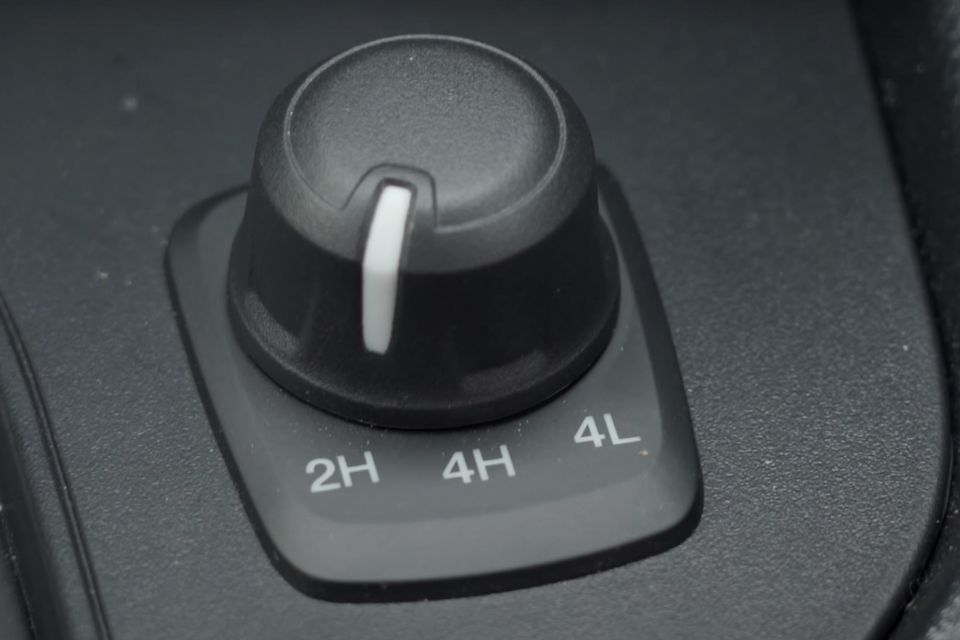
The Ranger comes with two engine options: the older 3.2-litre five-cylinder diesel mated to six-speed manual/auto transmissions, or the newer, more powerful and more efficient 2.0-litre (sequential) bi-turbo four-cylinder diesel and 10-speed auto combination as tested here.
It makes a potent 157kW (best among its main rivals), and the equal-most peak torque at 500Nm, albeit across a slim portion of the overall rev band (1750-2000rpm).
Claimed combined-cycle fuel economy is a very low 7.4 litres per 100km, which with an 80L tank extends the theoretical range beyond 1000km between refills.
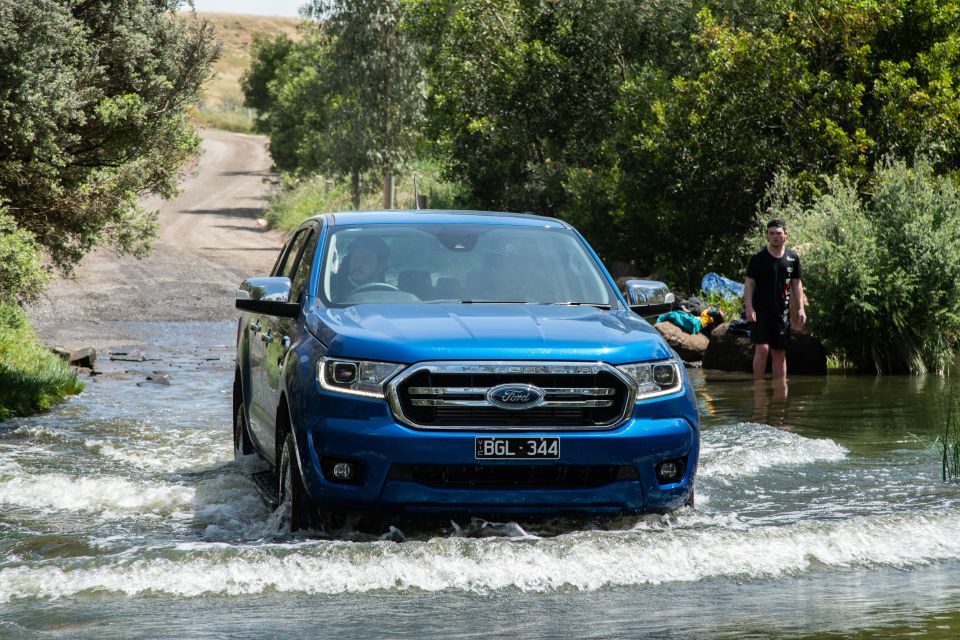
The Ford Ranger is probably the most ‘Australian’ vehicle on sale, given it was engineered and developed in country Victoria, for the globe.
Honestly, before driving this iteration of the Ranger when it launched all those years ago, I didn’t know a rear-leaf-sprung, ladder-frame workhorse could ride over horribly sharp and bruising surfaces with so much cushy aplomb. To this day there is no other ute in this class – and barely any SUVs – that dispatch our rural roads and trails more comfortably.
You sit up nice and high, and while the lack of telescopic adjustment annoys me, the electric-assisted motor-driven steering gives you featherweight wheel movement that makes it a cinch to park and drive around town.
It’s quite softly suspended, meaning there’s a little pronounced body movement against cornering forces, and some up-and-down body movement, but it all settles down quickly enough and is so cushy and quiet you’ll scarcely care.
The engine never feels like it’s working hard, because the 10-speed ‘box rifles through its copious ratios to keep the engine in its sweet spot. But it’s clearly working harder than you think: the Ford is 150kg heavier and a bit bigger than the others here, and as such the best fuel economy I got over a long and varied loop was 10.2L/100km.
The Ranger’s approach angle is 29 degrees, the departure angle is 21 degrees, and ground clearance is 237mm. A small dial engages rear-wheel drive, 4H (high range 4×4) and 4L (low range 4×4), the former of which can be accessed on the fly and the latter in neutral.
Unusually for the class, the Ford’s rear diff lock (to mitigate freewheeling) works in 4H and 4L.
The ride quality is very smooth over logs and corrugations, the throttle isn’t too touchy or sensitive, the gearbox belies its plethora of ratios and doesn’t get confused or indecisive, the downhill braking felt ok, and hill-descent control allows you to override it with throttle while keeping braking.
Wading depth is an equal-class-leading 800mm.
| Model | Ford Ranger |
|---|---|
| Variant | XLT |
| Front suspension | Double wishbone, coils |
| Rear suspension | Rigid axle, leaf springs |
| Front brakes | Ventilated disc |
| Rear brakes | Drums |
| Clearance | 237mm |
| Payload max | 1003kg |
| Kerb weight | 2197kg |
| GVM | 3200kg |
| GCM | 6000kg |
| Towing capacity | 3500kg |

The Ranger is covered by a five-year, unlimited-kilometre warranty, with up to seven years free roadside assist.
Service intervals are 12 months/15,000km, with the first seven visits capped at $299, $299, $299, $299, $390, $720, and $390.
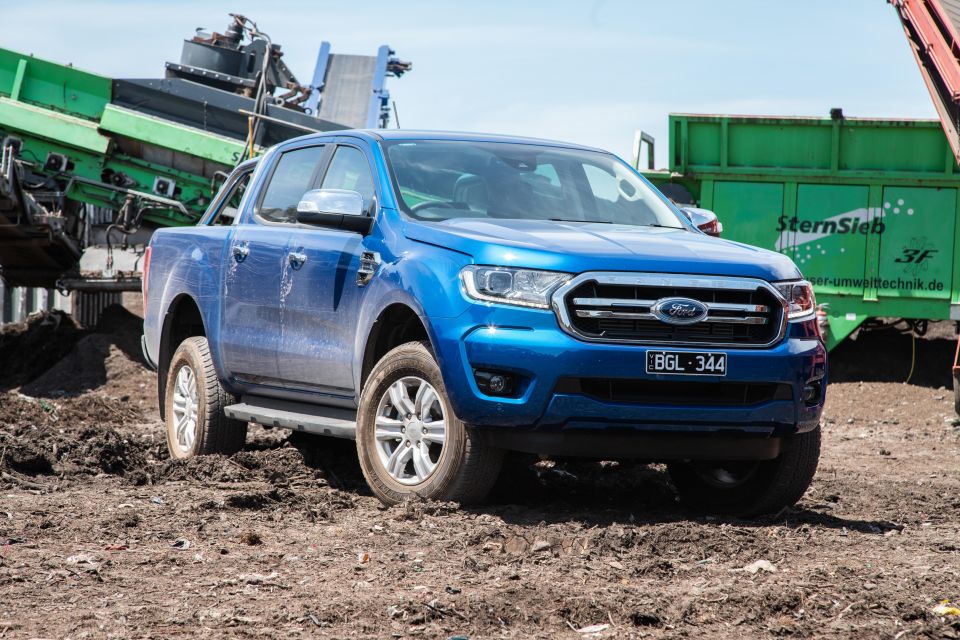
As I found during the comparison test from which I spun-off this single-car review, there’s still a clear case for the Ranger, and in actual fact it’s still the $60,000 ute I would buy.
I think its Aussie-tuned suspension calibration is still the best there is, the engine is quite refined albeit thirstier than I’d expected, while the interior trims and layout are in my opinion the most work-ready. Plus, its US tough-truck design floats my boat and it’s cheap to service.
It doesn’t offer as much new technology as the D-Max and BT-50 twins, a Triton is cheaper, and the HiLux is supported by the widest dealer network, but I’m still a Ranger fan.
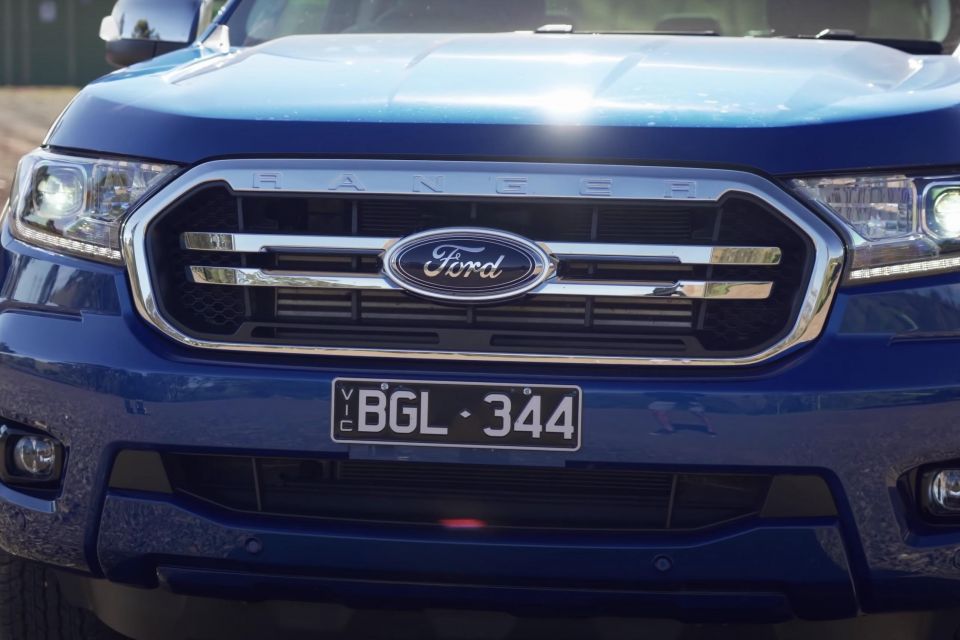
Click on the images for the full gallery
MORE: Ford Ranger news and reviews MORE: Everything Ford
Take advantage of Australia's BIGGEST new car website to find a great deal on a Ford Ranger.


Marton Pettendy
2 Months Ago
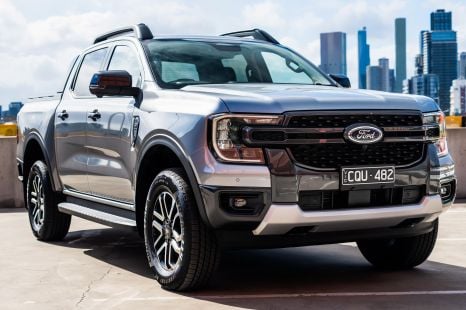

Max Davies
2 Months Ago
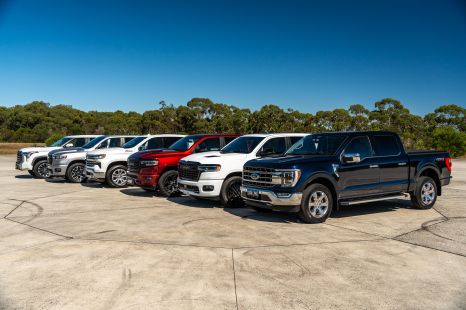

Josh Nevett
1 Month Ago
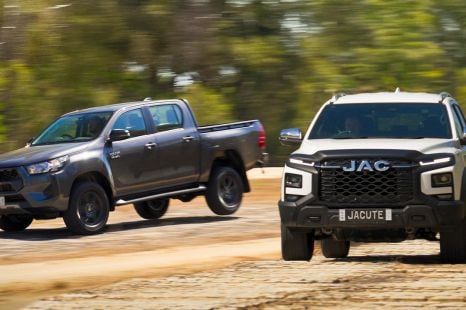

CarExpert.com.au
1 Month Ago
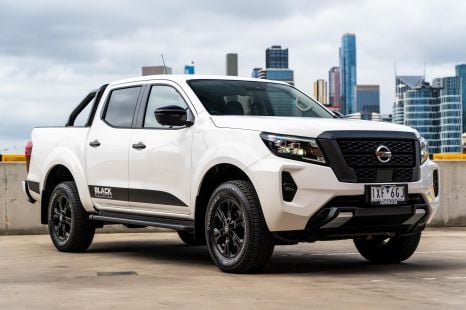

Josh Nevett
17 Days Ago
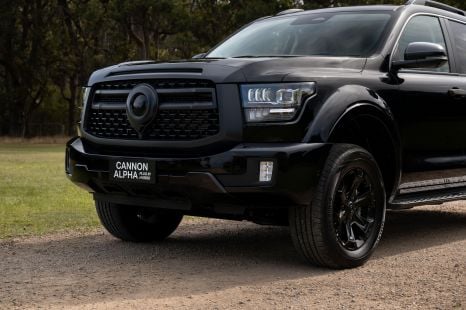

William Stopford
9 Days Ago